The word flash flood simply refers to the phenomenon of sudden flooding of an area which is usually dry, like cities etc. This type of flooding happens very quickly and without a warning. This can be due to both natural and anthropogenic causes and can prove to be disastrous in an urban or developed area.
Also read: 10 Simple Ways You Can Raise Awareness About Climate Change
CAUSES OF FLASH FLOODS
There are two types of cause of Flash Floods (a) Natural and (b) Anthropogenic (Man-made or caused by human activities). Both of them and their types are discussed below.
(a) NATURAL CAUSES
- Cloudbursts:
This happens which a huge amount of rain is suddenly dumped on a specific area for a short period of time during a thunderstorm.
It is a natural phenomenon when fierce upward movement of warm air carrying water vapours block the path of the steadily falling rain and carries it again to the cloud, which when unable to bear the load of such huge amounts of both old and new rainwater or due to weakening of the upward movement of warm air, dumps it on a specific area. This brings a massive amount of rain down to the ground in a very short period of time, thus causing flash floods. Example of such Cloudburst and resulting flash flood is Twin Cities ISB-RWL Cloudburst (Causes and Effects Explained).
- Rivers And Streams Overflowing Their Banks Due To Heavy Rains:
Excessive rains over long periods of time can cause the rivers and streams to swell and overflow their banks causing flash floods.
- Blocked Or Improper Drainage System:
When it is raining heavily but the drainage system is either blocked or not efficient enough to take in such huge amounts of water, then flash flooding occurs.
- Volcanic Eruptions Causing Glaciers To Melt:
In places where volcanoes erupt on glacial mountains, the hot lava melts the ice of the glacier causing a flash flood. Also read: Black Soot and Ash Deposits on Glaciers – Causes and Impacts
- Slow Moving Thunderstorms Or “Trapped Thunderstorms”:
Slow moving thunderstorms are thunderstorms that move slowly over an area, dumping a large amount of rain there and consequently causing flash flooding. Thunderstorm clouds in mountainous areas are sometimes trapped between the mountains or unable to cross pass a high mountain, resulting in them dumping all the rainwater in one place causing a flashflood.
- Upstream Thunderstorms On Mountainous Areas:
When thunderstorms occur upstream on mountainous areas, the runoff joins the rivers coming downstream which are flooded if they don’t have the capacity to take in the load of the new water.
- Hurricanes And Other Tropical Storms:
Hurricanes and other tropical storms bring a lot of rain along with them which can cause flash floods. For more info: Tropical Cyclones and their Causes, Effects and Management
8. GLOF Events:
Glacial Lake Outburst Floods also cause flash floods downstream which can have a devastating impact on people living in those mountainous areas. For more info read: Glacial Lake Outburst Floods in Pakistan- Causes and Effects
(b) ANTHROPOGENIC CAUSES
- Dam Failures And Breaks:
One of the most common human induced causes of flash-flooding is dam failures or breakage which can cause flash-flooding in an area and even turn valleys into lakes!
- Climate Change:
Climate change is caused due to human activities which results in erratic weather patterns and extreme weather events like hurricanes etc. resulting in flash floods. (For more information check out: Climate change and its Causes and Effects)
- Destruction Of Mangroves And Wetlands:
Mangroves and wetlands act as a buffer zone and prevent flooding or help control flooding, but destroying these treasures of nature is causing disastrous flooding. (Read: Mangroves and their Destruction – Causes, Effects, and Conservation Techniques)
- Deforestation:
Forests help reduce the speed and amount of water of a flood as their roots help water percolate down into the ground more easily and swiftly, but in case of deforestation this buffer-zone is removed and flood water is allowed to reach the area (in plain areas and down a mountain slope) in full force causing a flash-flood in the area.
You may also be interested in: Threats to Natural Ecosystems – Causes, Effects, Management
EFFECTS OF FLASH FLOODS:
Commonly seen effects of flash floods are as follows
- Flash floods can cause loss of precious lives and property as well as monetary losses.
- Plants of the area are damaged or completely uprooted.
- Animals (pets, city-dwelling animals and wildlife) drown and die.
- Soil erosion in massive amounts from agricultural land (removing the precious fertile top layer) and from cities.
- Stormwater runoff carrying pollutants and garbage into rivers and seas.
- Destruction of roads, buildings, bridges and communication services.
- Residential and commercial areas are flooded, damaging valuables.
- Livestock is killed and farms are destroyed.
Also check out: Blackening Glaciers of World -Carbon Black Deposition Impact
SOLUTION, PREVENTION AND MANAGEMENT OF FLASH FLOODS
- Parks, gardens and rooftop gardens help absorb the rainwater and prevent flash flooding.
- Planning and construction of embankments to help divert water into open land area in case of heavy rains.
- Creation of flood plains and overflow areas along rivers and streams to help them overflow without causing any damage.
- Developing proper urban drainage systems and cleaning and unblocking drains.
- Adopt appropriate rainwater management practices.
- Promote and build rainwater harvesting mechanisms so more and more rainwater can be stored and put to good use instead of causing flash floods.
- Improving flood warning and disaster management mechanisms.
- Awareness campaigns for the public on how to handle such situations.
You might also like to read: How to Reduce Disastrous Impacts of Floods? – Mitigation Methods
CONCLUSION:
Flash floods have become a common occurrence in all parts of the world due to the above-mentioned causes and reasons and especially due to Climate Change and the extreme weather events and natural disasters caused due to it. Flash flooding has a huge negative impact on built and natural environment, as well as all living things. Preventive measures against flash floods should be adopted along with Climate Change Adaptation Methods and Mitigation Strategies to help prevent disastrous consequences.
I hope you all liked this post! Please comment below if you have any suggestions, comments, or feedback! We at #envpk love hearing from our readers! Thanks!

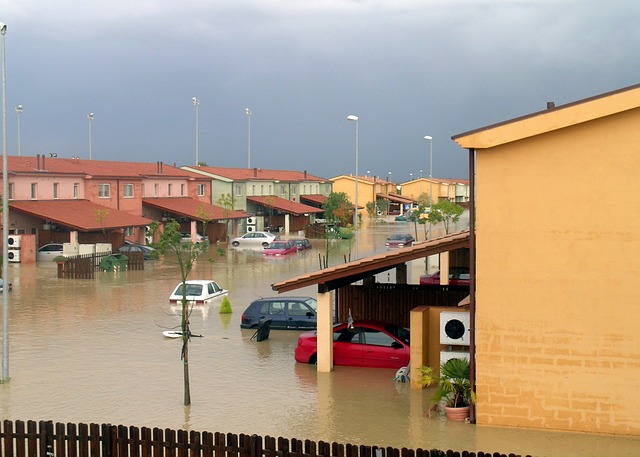
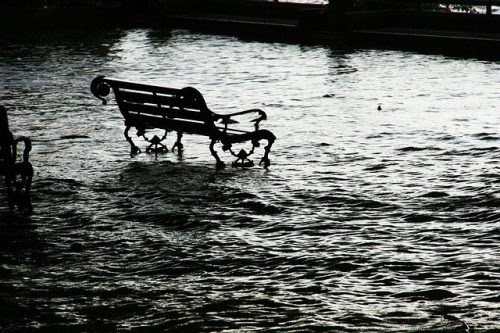
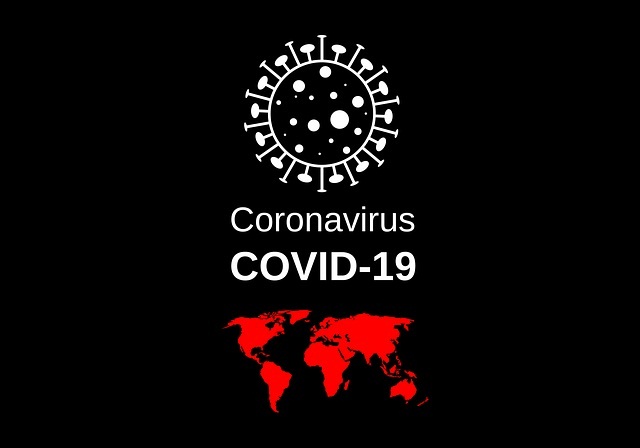
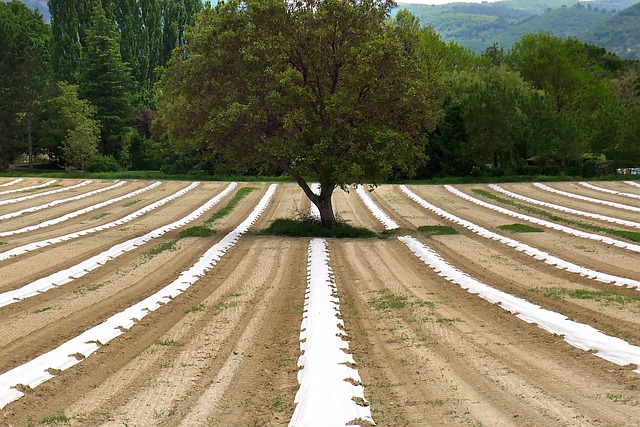
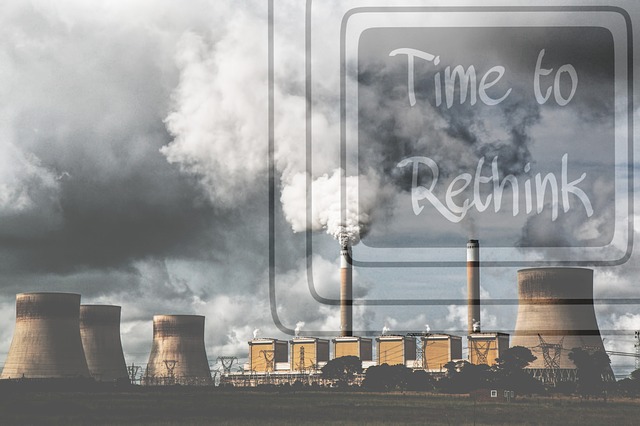
4 Comments
you have used the world Natural Disaster in your blog however disasters are not natural only hazards are.
Hi,
Thank you for pointing out, however we checked again and the term “Natural Disaster” is a well-established term to described “naturally occurring disasters,” which has been used on other reliable sources such as reputed research papers, Nat Geo, and CDC etc. Thanks.
Regards,
thanks for your giving good knowledge about flash flooding, and i am researching cause such floods. this article gave me a lot experience about the field.
You are welcome!